Much of the appeal of running lies in its inherent simplicity. You don’t need much more than a decent pair of shoes in order to head out the door and put sole to pavement, but over time, we get bored with that simplicity. As technology has grown into an increasingly integral part of our daily routines, it’s no surprise that it has found its way into our collection of must have workout tools. As incredible as the devices we have today are, it’s important to remember where it all started. Below are 9 benchmark tech products that have had a lasting impact on the running industry far beyond their own lifespans.
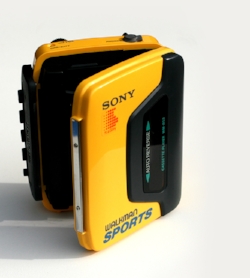
1988 – Sony Walkman Sports – Music made portable
In today’s tech fueled age, it’s easy to take portable music for granted. The iconic Walkman line was born in 1979 when Sony released its first ever portable cassette player, and with it, they effectively kick-started the portable music era. Then, in 1988, Sony raised the bar once again with the Walkman Sports. For the first time ever, there was a device specifically aimed at making running more enjoyable, and they flew off the shelves!

1995 – Nike AirMax95 – Visible air brought to the forefoot
Nike was not the first company to use air cushioning in the soles of its running shoes, but with the inception of their AirMax line in 1987, they were the first to make the bladders visible. The AirMax95 was the first shoe that took the air cushioning technology Nike had been using in the heels of its shoes for 8 years, and brought it to the forefoot, creating a shoe that felt like nothing else on the market. The iconic style of the AirMax95 and its revolutionary feel and comfort, combined to make it one of the bestselling running shoes of its time.
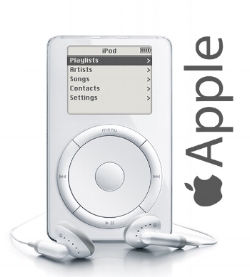
2001 – Apple iPod – 1,000 songs in your pocket
When Steve Jobs announce the iPod in 2001, it marked the start of a new era of music on-the-go. The iPod, with its humble 5GB of storage by today’s standards, managed to squeeze 1,000 songs in your pocket, which at the time was nothing shy of revolutionary. The iPod marked the start of the mainstream adoption of mp3 players, and you’d be hard pressed to find someone willing to head out for a run without one today.
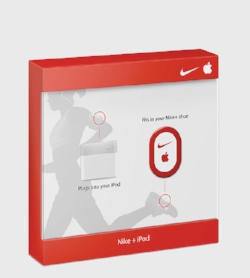
2006 – Nike+iPod – Data from your shoes
When Nike released the Nike+iPod kit in 2006, it was the first attempt at leveraging the iPod that everyone already carried with them while they ran, as a means of tracking and storing data from a workout. Runners simply needed to drop the Nike+ pod in the sole of their Nike shoe, plug the receiver into their iPod, and start running. The system provided inexpensive and intuitive tracking of simple data from a run, and it was the first step in bringing detailed run metrics to the masses.
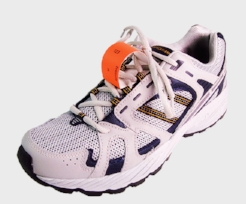
2007 – Disposable RFID Timing Chip – A new age of accuracy
Using RFID (Radio Frequency Identification) technology to precisely track runners’ finishing times became commonplace in 1993 when Champion-Chip released their shoe mounted chip. The system worked, but the chips were fairly expensive to replace. To address this problem, in 2007 ChronoTrack made race timing more affordable and convenient than ever before when they released their disposable RFID chips that could be easily attached to shoe laces. The system quickly gained popularity and has since become the gold standard for race timing.
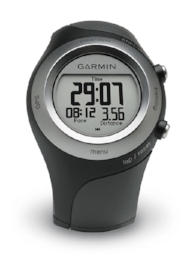
2008 – Garmin Forerunner 405 – Detailed data from your wrist
20 years after its inception, Garmin released its first GPS “watch” that could track speed and distance of a workout in 2003. The device was the first of its kind, but it was so bulky, that it saw very little mainstream adoption. Garmin went back to the drawing board, and in 2008 they released the Forerunner 405, which redefined the possibilities for tracking detailed run metrics. The device was hardly larger than a standard wristwatch, and its GPS tracking of speed, distance, cadence, elevation, and more, gave consumers information that was never available to them before, and allowed runners to more accurately quantify their efforts and train more efficiently.
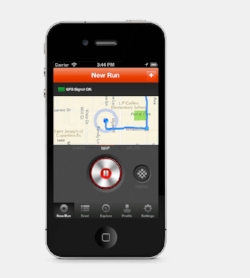
2010 – Strava – Make training social
Following the release of the iPhone in 2007, smartphones quickly became most people’s go to portable device, and Strava aimed to capitalize on this when they released their mobile app in 2010. The concept is simple. The app uses your phone’s GPS chip to track detailed data of your run, and then it automatically uploads the information to your Strava profile for you to share with friends, or review later. Strava was the first system to blend our society’s addiction to social media with training, and what resulted is an engaging ecosystem that allows members to compete against each other and push each other even when they are running thousands of miles apart.
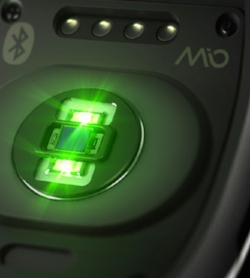
2013 – MIO Aplha – Heart rate at your wrist
When it comes to quantifying training effort, heart rate has long been considered the gold standard. Heart rate monitors are nothing new, but all of them shared a common drawback; the need for an uncomfortable sternum strap in order to get an accurate reading. With the release of the Alpha sports watch in 2013, MIO made the sternum strap a thing of the past, by using an optical sensor to detect heart rate right at the wrist. Not only is this a much more comfortable way to monitor heart rate, but it also means one less device you need to bring along when you head out for a run.

2016 – Bragi Dash – Music, no strings attached
The Dash by Bragi, which raised nearly 3.4 million dollars over the course of its Kickstarter campaign, is set to make the next big splash in the running industry. Bragi has managed to stash enough tech inside these wireless headphones to replace your fitness tracker, heart rate monitor, music player, and ear buds (obviously). With integrated accelerometers to track steps, pace, distance, and cadence of your run, an optical heart rate sensor in your ear, and enough internal storage for 1,000+ songs, Dash is all you need to take with you as you head out for your morning run.
Looking back, it’s impressive to consider that in less than 30 years, we have gone from relying on clunky Walkmans and cassettes, to being able to squeeze 1,000 songs into a pair of earbuds that are completely wireless. We have all been witnesses to a veritable arms race as tech companies push the limits of smaller, faster, and more powerful. Looking forward, perhaps most exciting of all, is the fact that the industry doesn’t seem to be slowing down, and that leaves just one question…What’s next?
